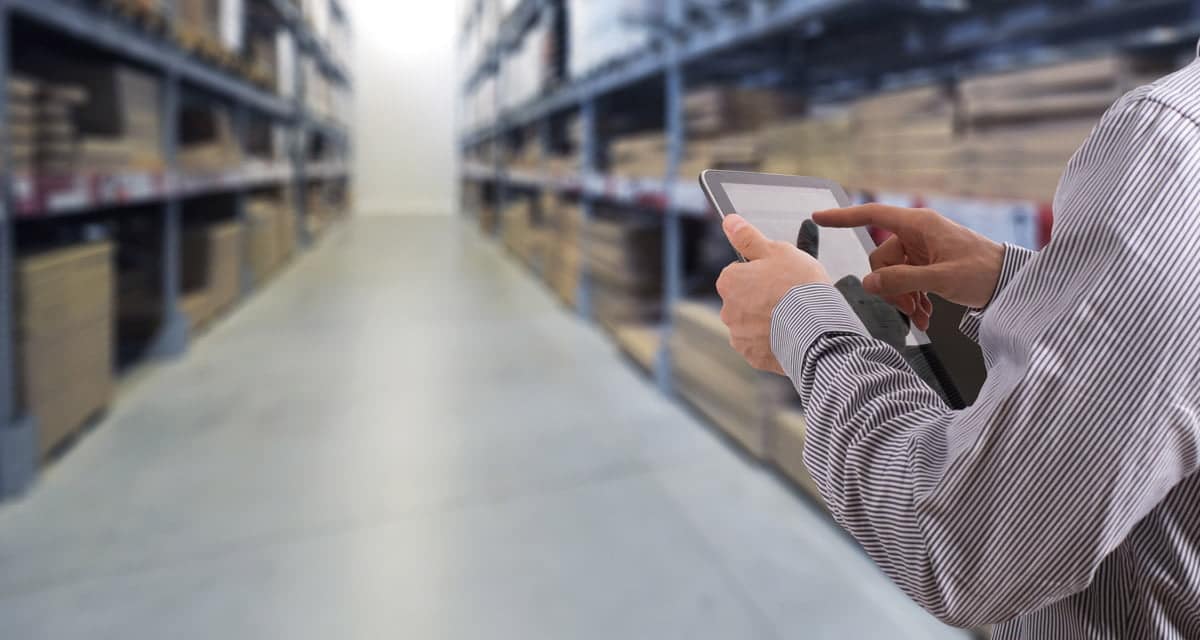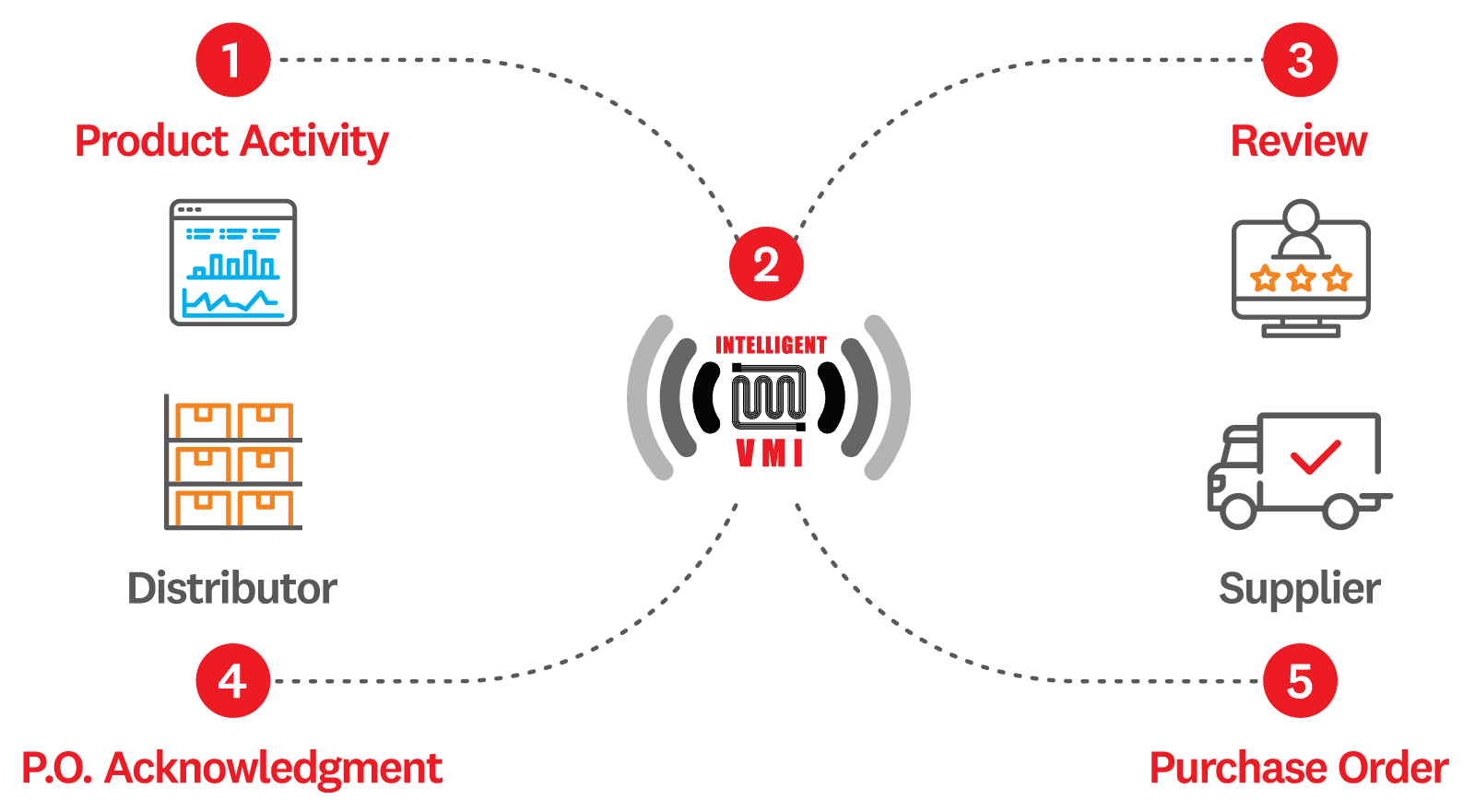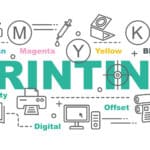RFID and the Path to Smart Inventory Control
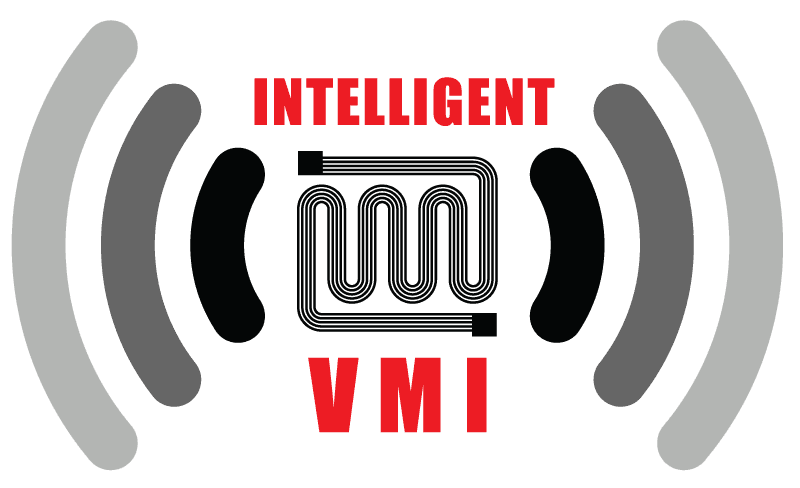 Where do you keep all your stuff? You know, the tapes, doctor blades, end seals, photopolymer, and all the other consumables that keep your business moving. More importantly, how do you keep track of it all so you don’t come up short on supplies on a Friday afternoon when you have an unexpected, fast-turn job scheduled to go on press Saturday morning?
Where do you keep all your stuff? You know, the tapes, doctor blades, end seals, photopolymer, and all the other consumables that keep your business moving. More importantly, how do you keep track of it all so you don’t come up short on supplies on a Friday afternoon when you have an unexpected, fast-turn job scheduled to go on press Saturday morning?
The obvious answer is systematically replacing consumables before you need them. But this requires one or more people tracking inventory levels and ordering supplies to make sure everything you need is always on hand. The problem with this time-honored approach is that it’s easy for needed items to fall through the cracks and delay work that has to go out on schedule.
Like barcodes on steroids
 The solution is not unlike the self-check-out terminals at your favorite big box stores. Those use a barcode scanner that lets the terminal pull up the price of the item from a database in the store. Going a step further is RFID or Radio Frequency Identification, which uses low-energy electromagnetic fields on tags attached to objects such as the consumables you use every day. Retailers already use RFID to thwart would-be shoplifters. Manufacturers track products moving down a production line. Hotels give guests RFID wrist bands to let people into rooms and charge dinners and drinks. Ski areas have RFID tags in season passes. And there is an RFID tag embedded in the cover of your U.S. passport. RFID is proven, reliable, and there is no need to be a pioneer in bringing it to your business. And it can save you money.
The solution is not unlike the self-check-out terminals at your favorite big box stores. Those use a barcode scanner that lets the terminal pull up the price of the item from a database in the store. Going a step further is RFID or Radio Frequency Identification, which uses low-energy electromagnetic fields on tags attached to objects such as the consumables you use every day. Retailers already use RFID to thwart would-be shoplifters. Manufacturers track products moving down a production line. Hotels give guests RFID wrist bands to let people into rooms and charge dinners and drinks. Ski areas have RFID tags in season passes. And there is an RFID tag embedded in the cover of your U.S. passport. RFID is proven, reliable, and there is no need to be a pioneer in bringing it to your business. And it can save you money.
As with any good technology, the heavy lifting RFID does is behind the scenes. Unlike a barcode which needs to be read directly by a reader, RFID tags contain a small computer chip and are equipped with antennas that emit a radio frequency that is picked up by a receiving antenna that communicates with your inventory system. The system “knows” the consumables you have in stock, subtracts any that are used or removed, alerts you when you need more of an item, and at your option, enables your computer system to order items automatically, while keeping you and your accounting department in the loop.
For example, when your press operator pulls a roll of stickyback tape from its storage spot the RFID tag on the roll tells your inventory system the roll is being removed from its storage area. Your inventory control system adjusts the inventory level for that roll, tells your inventory person the updated supply level, and can ask whether more of that type of stickyback should be ordered. You can set re-order levels for each consumable you use.
Anderson & Vreeland uses the latest RFID technology in its VMI or Vendor Managed Inventory system. VMI can monitor and react to your inventory needs based on the data collected through the RFID tags. A software reporting module shows you current stock levels, products needing replenishment now and in the near future. This helps you:
- better manage inventory levels
- reduce shipping costs through combined shipments, and
- free up space by keeping many frequently used items in one place
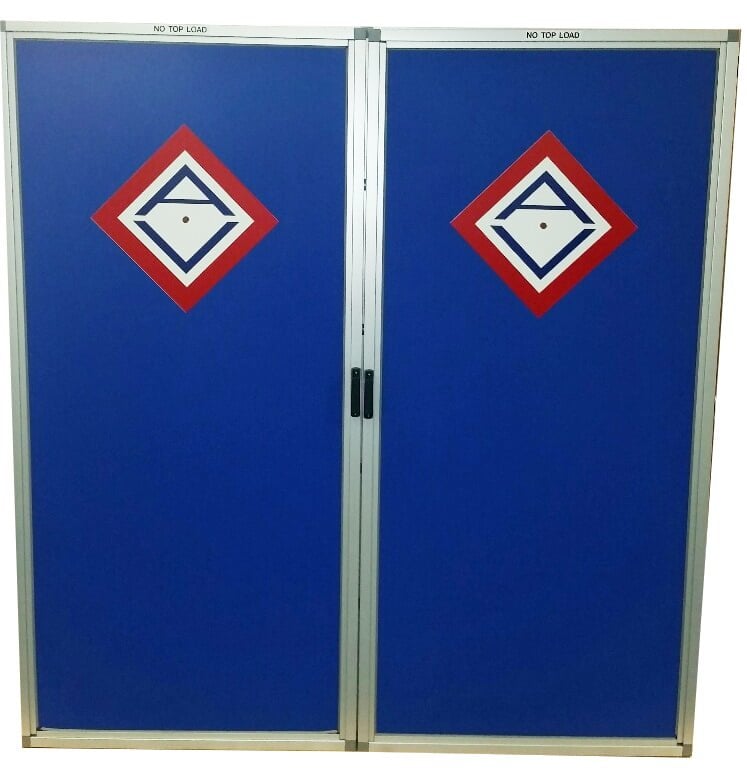 The basic VMI system uses a supply cabinet outfitted with RFID sensors that communicate with your inventory system, continually monitoring the amount of supplies available. The software reads the tags several times per day, adding the data to a history file. This lets you track usage of the consumables in the cabinet on a daily, weekly and monthly basis. You are able to see and adjust the minimum and maximum quantities of each item, letting you and Anderson & Vreeland know when items need replenishing. As items are used, those within a predetermined percentage of a minimum level will be highlighted in yellow, while items falling below the minimum level will be highlighted in red. Red means you should to take action to replenish, while yellow highlights are cautionary. Seeing both levels, you can choose to combine shipments of “yellow” and “red” items to reduce shipping costs.
The basic VMI system uses a supply cabinet outfitted with RFID sensors that communicate with your inventory system, continually monitoring the amount of supplies available. The software reads the tags several times per day, adding the data to a history file. This lets you track usage of the consumables in the cabinet on a daily, weekly and monthly basis. You are able to see and adjust the minimum and maximum quantities of each item, letting you and Anderson & Vreeland know when items need replenishing. As items are used, those within a predetermined percentage of a minimum level will be highlighted in yellow, while items falling below the minimum level will be highlighted in red. Red means you should to take action to replenish, while yellow highlights are cautionary. Seeing both levels, you can choose to combine shipments of “yellow” and “red” items to reduce shipping costs.
Outside the box
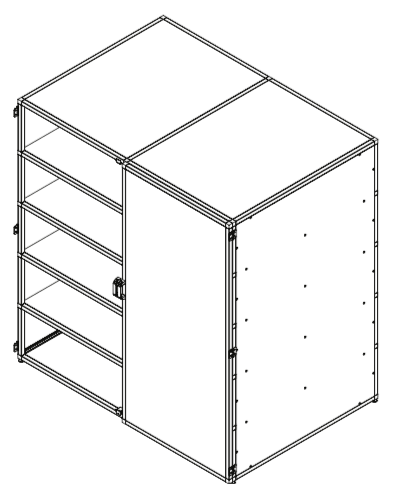 While Anderson & Vreeland’s basic RFID system is based in a storage cabinet, the technology can be easily expanded to work throughout your operation and even without a cabinet. For example, your consumables and other supplies may reside in a storage room rather than a cabinet. By placing RFID tags on items and having additional RFID antennas around your facility, you can track items as they move around your pressroom, such as job jackets, tooling, ink buckets, plate materials, and so on. Likewise, items in a storage cabinet can also be tracked outside the cabinet by RFID antennas placed throughout your plant. The reporting process remains the same, and you gain a more detailed knowledge of supply levels and how key parts of your operation move throughout the day.
While Anderson & Vreeland’s basic RFID system is based in a storage cabinet, the technology can be easily expanded to work throughout your operation and even without a cabinet. For example, your consumables and other supplies may reside in a storage room rather than a cabinet. By placing RFID tags on items and having additional RFID antennas around your facility, you can track items as they move around your pressroom, such as job jackets, tooling, ink buckets, plate materials, and so on. Likewise, items in a storage cabinet can also be tracked outside the cabinet by RFID antennas placed throughout your plant. The reporting process remains the same, and you gain a more detailed knowledge of supply levels and how key parts of your operation move throughout the day.
RFID tagging is a reliable and streamlined way to track all of your key consumables and make sure the ones you need are always in stock so you can run your presses at maximum productivity. To learn how you can leverage RFID technology to make your business work smarter, leaner and more efficiently reach out to Anderson & Vreeland at info@andersonvreeland.com

